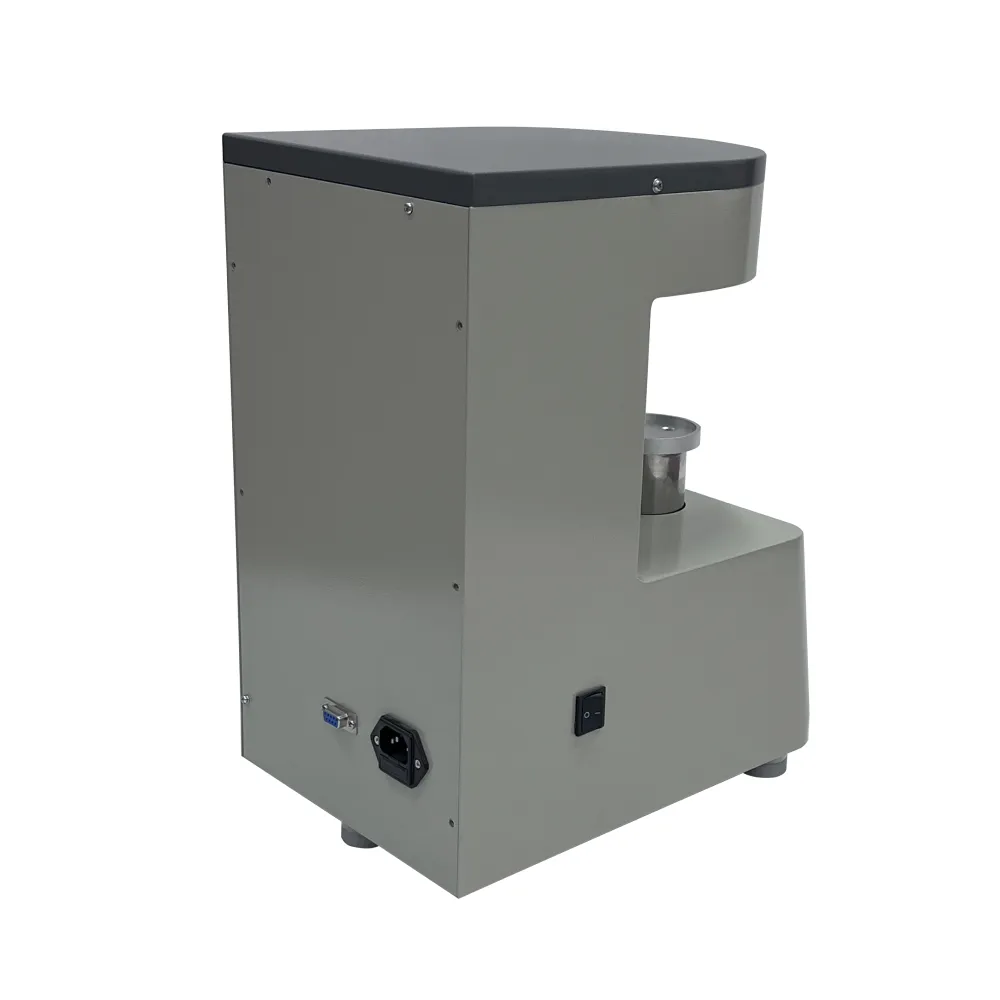 English
English



-
 Afrikaans
Afrikaans -
 Albanian
Albanian -
 Amharic
Amharic -
 Arabic
Arabic -
 Armenian
Armenian -
 Azerbaijani
Azerbaijani -
 Basque
Basque -
 Belarusian
Belarusian -
 Bengali
Bengali -
 Bosnian
Bosnian -
 Bulgarian
Bulgarian -
 Catalan
Catalan -
 Cebuano
Cebuano -
 China
China -
 China (Taiwan)
China (Taiwan) -
 Corsican
Corsican -
 Croatian
Croatian -
 Czech
Czech -
 Danish
Danish -
 Dutch
Dutch -
 English
English -
 Esperanto
Esperanto -
 Estonian
Estonian -
 Finnish
Finnish -
 French
French -
 Frisian
Frisian -
 Galician
Galician -
 Georgian
Georgian -
 German
German -
 Greek
Greek -
 Gujarati
Gujarati -
 Haitian Creole
Haitian Creole -
 hausa
hausa -
 hawaiian
hawaiian -
 Hebrew
Hebrew -
 Hindi
Hindi -
 Miao
Miao -
 Hungarian
Hungarian -
 Icelandic
Icelandic -
 igbo
igbo -
 Indonesian
Indonesian -
 irish
irish -
 Italian
Italian -
 Japanese
Japanese -
 Javanese
Javanese -
 Kannada
Kannada -
 kazakh
kazakh -
 Khmer
Khmer -
 Rwandese
Rwandese -
 Korean
Korean -
 Kurdish
Kurdish -
 Kyrgyz
Kyrgyz -
 Lao
Lao -
 Latin
Latin -
 Latvian
Latvian -
 Lithuanian
Lithuanian -
 Luxembourgish
Luxembourgish -
 Macedonian
Macedonian -
 Malgashi
Malgashi -
 Malay
Malay -
 Malayalam
Malayalam -
 Maltese
Maltese -
 Maori
Maori -
 Marathi
Marathi -
 Mongolian
Mongolian -
 Myanmar
Myanmar -
 Nepali
Nepali -
 Norwegian
Norwegian -
 Norwegian
Norwegian -
 Occitan
Occitan -
 Pashto
Pashto -
 Persian
Persian -
 Polish
Polish -
 Portuguese
Portuguese -
 Punjabi
Punjabi -
 Romanian
Romanian -
 Russian
Russian -
 Samoan
Samoan -
 Scottish Gaelic
Scottish Gaelic -
 Serbian
Serbian -
 Sesotho
Sesotho -
 Shona
Shona -
 Sindhi
Sindhi -
 Sinhala
Sinhala -
 Slovak
Slovak -
 Slovenian
Slovenian -
 Somali
Somali -
 Spanish
Spanish -
 Sundanese
Sundanese -
 Swahili
Swahili -
 Swedish
Swedish -
 Tagalog
Tagalog -
 Tajik
Tajik -
 Tamil
Tamil -
 Tatar
Tatar -
 Telugu
Telugu -
 Thai
Thai -
 Turkish
Turkish -
 Turkmen
Turkmen -
 Ukrainian
Ukrainian -
 Urdu
Urdu -
 Uighur
Uighur -
 Uzbek
Uzbek -
 Vietnamese
Vietnamese -
 Welsh
Welsh -
 Bantu
Bantu -
 Yiddish
Yiddish -
 Yoruba
Yoruba -
 Zulu
Zulu
transformer testing types
Understanding Transformer Testing Types
In the realm of electrical engineering, particularly in the field of power systems, transformers play a critical role in electricity distribution and regulation. Given their importance, comprehensive testing of transformers is essential to ensure reliability, safety, and optimal performance. This article explores various types of transformer testing methods, highlighting their significance and applications in both industrial and commercial settings.
1. Factory Testing vs. Field Testing
Transformer testing can generally be categorized into two primary types factory testing and field testing. Factory testing is conducted before the transformer is installed. This thorough assessment ensures that the transformer meets the manufacturer's specifications and industry standards. Common factory tests include insulation resistance tests, turns ratio tests, and temperature rise tests.
On the other hand, field testing occurs post-installation, at the site where the transformer is operational. Field tests aim to assess the transformer's performance in its actual working conditions. These tests can help identify any potential issues arising from environmental factors or the system's operational dynamics.
2. Insulation Resistance Testing
One of the most vital tests performed on transformers is insulation resistance testing. This test evaluates the effectiveness of the insulation materials within the transformer. Insulation failures can lead to short circuits, reduced efficiency, and even catastrophic failures. By applying a high voltage to the insulation system and measuring the resulting leakage current, engineers can determine whether the insulation is within acceptable limits.
3. Transformer Turns Ratio (TTR) Testing
Another essential test is the Transformer Turns Ratio (TTR) test. This test measures the ratio of the primary winding to the secondary winding turns. It is crucial for verifying the transformer's correct operation and ensuring that it can handle the expected voltage levels. Anomalies in the turns ratio can indicate winding issues or damage that may compromise the transformer's functionality.
transformer testing types

4. Sweep Frequency Response Analysis (SFRA)
Sweep Frequency Response Analysis (SFRA) is a more advanced testing method used to evaluate the mechanical integrity of transformer windings. This test involves applying a sweep frequency signal across the transformer and analyzing the response to detect any deformations or displacements of the windings. SFRA is particularly valuable as it helps predict potential failures before they occur, thereby enhancing the overall reliability and maintenance of transformers.
5. Power Factor Testing
Power factor testing is a vital assessment for understanding the efficiency of a transformer's insulation system. By measuring the power factor of the transformer, engineers can identify insulation degradation over time. A declining power factor may signal that the insulation is aging and requires remediation, such as drying or replacement.
6. Electrical Maintenance Testing
Regular electrical maintenance testing is crucial for the operational health of transformers. This category includes a variety of tests such as circuit breaker analysis, relay testing, and thermographic inspections. By monitoring these elements on a routine basis, organizations can preemptively address issues before they escalate into more significant problems.
Conclusion
In conclusion, transformer testing is a multifaceted domain encompassing a wide array of methodologies—all aimed at ensuring the safety, reliability, and efficiency of transformers in power systems. As electricity demand increases and technology evolves, understanding these testing types becomes crucial for engineers and technicians working with transformers. Continuous innovation in testing technologies will further enhance our ability to monitor and maintain these critical components of our electrical infrastructure, leading to safer and more reliable power delivery.
-
Testing Equipment Industry Sees Major Advancements in 2025: Smart & Precision Technologies Lead the WayNewsJun.06,2025
-
Applications of Direct Current Generators in Renewable Energy SystemsNewsJun.05,2025
-
Hipot Tester Calibration and Accuracy GuidelinesNewsJun.05,2025
-
Digital Circuit Breaker Analyzer Features and BenefitsNewsJun.05,2025
-
Benefits of Real-Time Power Quality Monitoring Devices for Industrial EfficiencyNewsJun.05,2025
-
Earth Fault Loop Testing in High-Rise Building Electrical SystemsNewsJun.05,2025



